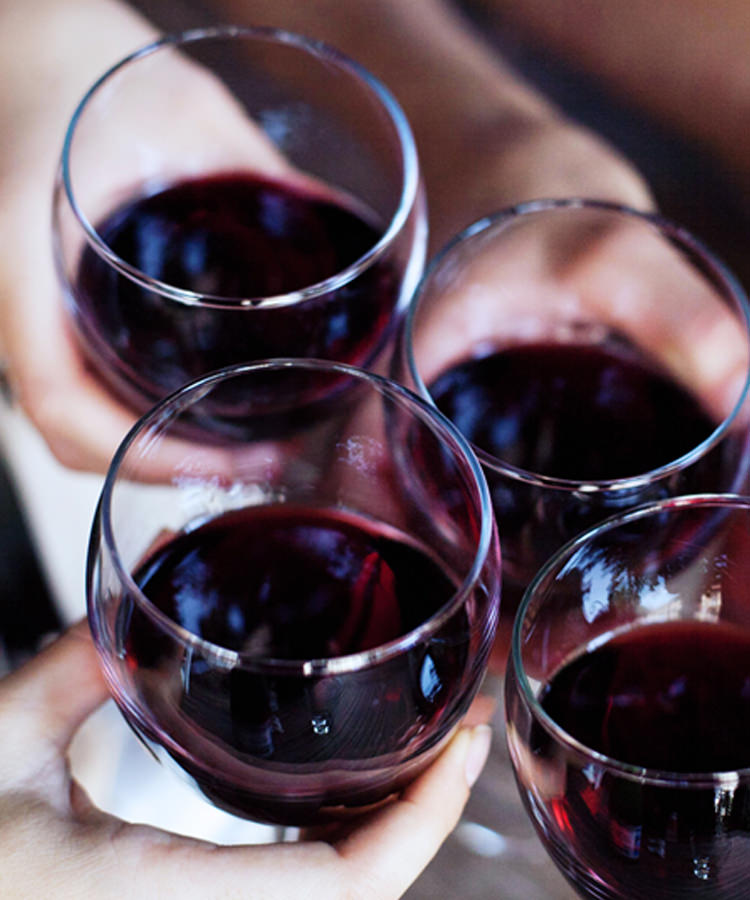Bordeaux is often characterized as the epitome of wine luxury. A category only for the wealthy elite, or one to be savored at select special occasions. That association isn’t without reason; after all, many of the most expensive wines ever sold have been Bordeaux. But there’s more to this classic French wine region than bragging rights and super-expensive bottles. Much more.
First, Bordeaux is a large region. In size and production, it is second only to Languedoc, which certainly isn’t known for making high-end, out-of-reach wines.
Furthermore, Bordeaux produces about 900 million bottles of wine per year. Top Bordeaux wines are more widely distributed than equivalent bottles from, say, Burgundy, but they are by no means produced in large quantities.
So what comprises the rest of the region’s output? Most of it is increasingly affordable Bordeaux.
Value-driven Bordeaux comes in nearly every color and style, from sparkling to still to sweet, and white to red to rosé. Most of the time, it is dry red wine that is typically Merlot-based, as Cabernet Sauvignon is more difficult to ripen and often only planted on coveted gravel soils. Styles vary, but these Bordeaux reds are often made in more approachable styles than the more expensive bottles, with less new oak usage. While they aren’t necessarily built for aging — though there are always examples that will surprise — they are usually drinkable in youth, making them more suitable for everyday imbibers.
The large Bordeaux AOC covers all appellations of Bordeaux and then some, accounting for about half the region’s entire production. Fittingly, the wines are extremely variable, from cheap, bulk wine to more serious and concentrated examples. These four appellations offer more regional typicity while maintaining good value.
Côtes de Bordeaux
This appellation was created in 2008 in order to unify several lesser-known regions, all of which produce excellent value wines. Each of these regions — Blaye, Cadillac, Castillon, Francs, and the newly-added Sainte-Foy — has its own specific terroir, but all are hillside vineyards in close proximity to rivers with mostly clay and limestone soils. Comprising 10 percent of the total production of Bordeaux, Côtes de Bordeaux wines are almost always red.
Wines produced within these subregions may simply call themselves Côtes de Bordeaux, or they may choose to include the specific appellation name before the broader region, like Blaye Côtes de Bordeaux or Francs Côtes de Bordeaux. Of the five areas, Blaye is the largest, located on the right bank of the Gironde northeast of Saint-Émilion and Pomerol, with Cadillac and Castillon as mid-sized appellations, and Francs and Sainte-Foy as the smallest.
Médoc
While the term Médoc is often used to refer to all the land on the left bank north of the city of Bordeaux, the Médoc AOC is typically used by châteaux north of more prestigious left bank appellations. Here, the land is more reminiscent of Bordeaux’s history prior to the 1800s: marshy and wet, with clay soils in vineyards neighbored by pine trees, crops of grain, and animal pastures. Médoc wines are always red and tend to be predominantly Merlot and sometimes Cabernet Franc, both of which ripen better in wet clay. While these Médoc wines don’t have the concentration of more prestigious appellations, they have become much higher in quality in recent years and can offer great value.
Graves
Located on the left bank of Bordeaux, surrounding and south of the city, Graves is known for both red and white wines. Though only 25 percent of the region’s production is white wine, Graves produces crisp but round blends of Sémillon, Sauvignon Blanc, Sauvignon Gris, and Muscadelle. The soil here is gravel mixed with sand and light clay, so of the value-driven Bordeaux appellations, it uses a bit more Cabernet Sauvignon (although less than in the Haut-Médoc). Graves’ most prestigious area, Pessac-Léognan, now has its own appellation. As a result, bottles from Graves can offer more value.
Entre-Deux-Mers
Literally translated as “between two seas,” Entre-Deux-Mers is located in the swath of land between the Dordogne and the Garonne Rivers, where the Gironde forks into two. While several regions are located within the area of Entre-Deux-Mers, the appellation itself is allowed only for dry white wines made from a blend of Sauvignon Blanc, Sauvignon Gris, Sémillon, Muscadelle, and several other varieties. Wines labeled Entre-Deux-Mers are likely to be crisp, unoaked, inexpensive whites made for easy sipping.
